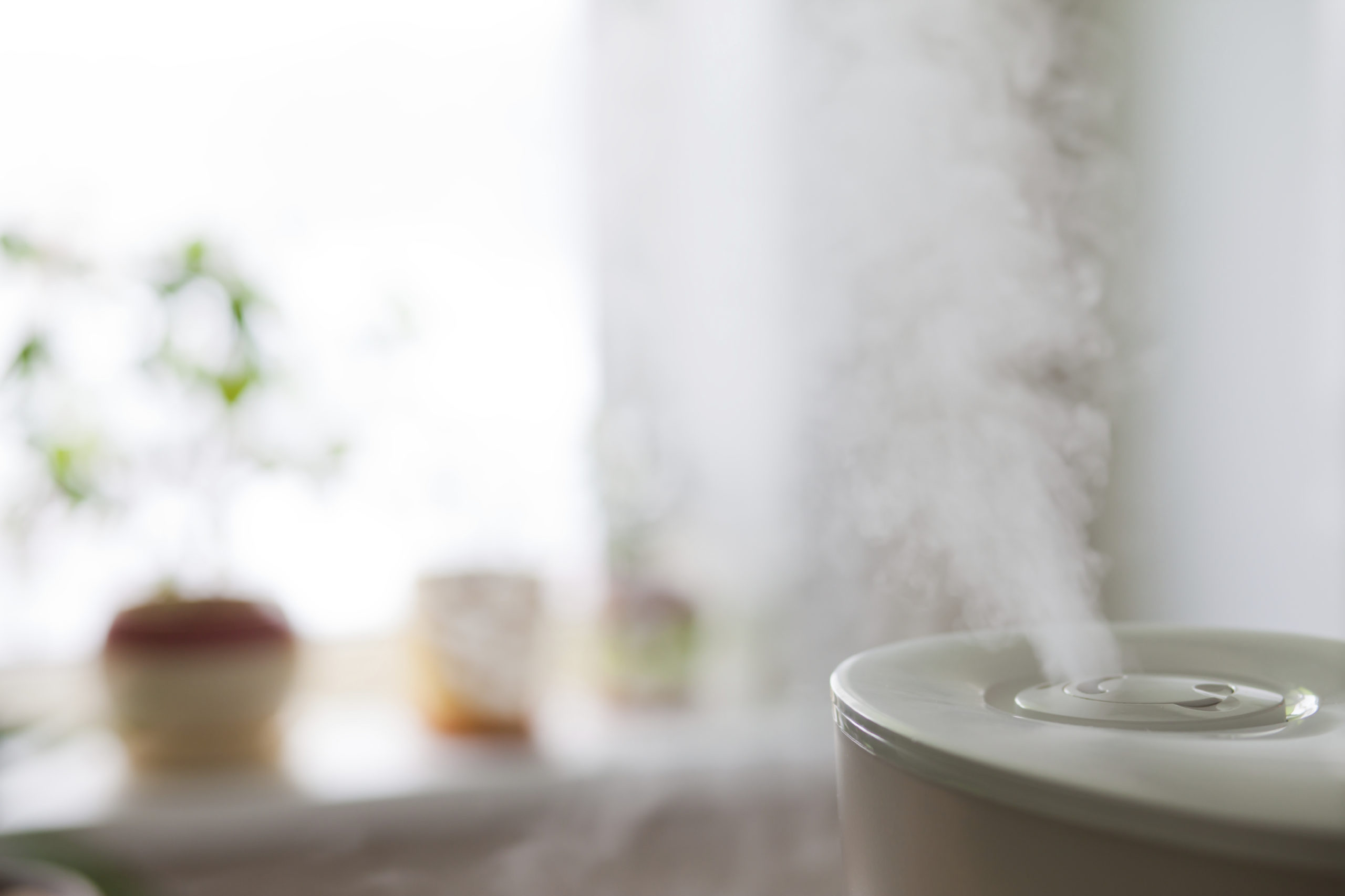
“Energy Efficient” Humidification
There are often misconceptions that some humidification systems require significantly less energy to operate than others. While some energy savings between different types of humidifiers exist, large differences in overall facility energy consumption many times do not materialize.
Often times, when two different humidification systems are compared, only the energy required to operate the humidifiers is considered. This is not the entire picture. Different humidification systems affect the entire HVAC system energy usage differently.
The Two Schools of Humidification
One type of humidification that most people are probably aware of is isothermal humidification. With isothermal humidification, steam is injected into an air-handling unit or directly into the space that is to be humidified. Water can be boiled with electric resistance, natural gas, or some other heat source to make steam.
The other method of humidification is called adiabatic humidification. This method of humidification atomizes water into very small droplets. This can be done by forcing pressurized water through very tiny nozzles (high pressure humidification) or by vibrating a pan of water at very high frequencies (ultrasonic humidification). The droplets are then injected into the air-handling unit or directly into the space that is to be humidified. The atomized water droplets are then evaporated into the air to increase the relative humidity.
Evaporation
Many companies are advertising that the adiabatic humidification technologies are extraordinary energy savers. The fact is, when strictly comparing only the humidifier, an isothermal (boiling) unit will always use more energy than an adiabatic (evaporating) unit of equal capacity. But the energy implications are significantly more complex than this.
The small droplets of water introduced by an adiabatic humidification system are not evaporated into the air for free. The water droplets absorb heat from the air to evaporate. We have all experienced heat absorption from evaporation. When we sweat, the moisture on our skin evaporates absorbing heat from our body to keep us cool, just as the water droplets absorb heat from the air during adiabatic humidification. Pound for pound, evaporating water droplets requires nearly as much energy input as boiling.
Energy Impacts
Adiabatic humidification can offer an advantage if humidification is required at the same time that cooling is needed. Believe it or not, some type of cooling is needed most of the year for many air-handling systems even in the upper Midwest. This type of humidification will provide a free cooling effect along with the humidifying. However, during the heating season adiabatic humidification can result in increased space-heating energy. More heat may be required to maintain the desired space temperature. Isothermal humidification, on the other hand, does not significantly affect the temperature of the surrounding air.
There may be several reasons to choose one type of humidification over the other, including energy usage. Every system should be considered case-by-case to determine what is right for your application. Remember, when analyzing the energy consumption of a humidification system, it is important to look at the whole picture. Focusing just on the humidifiers can lead to some misleading results.




